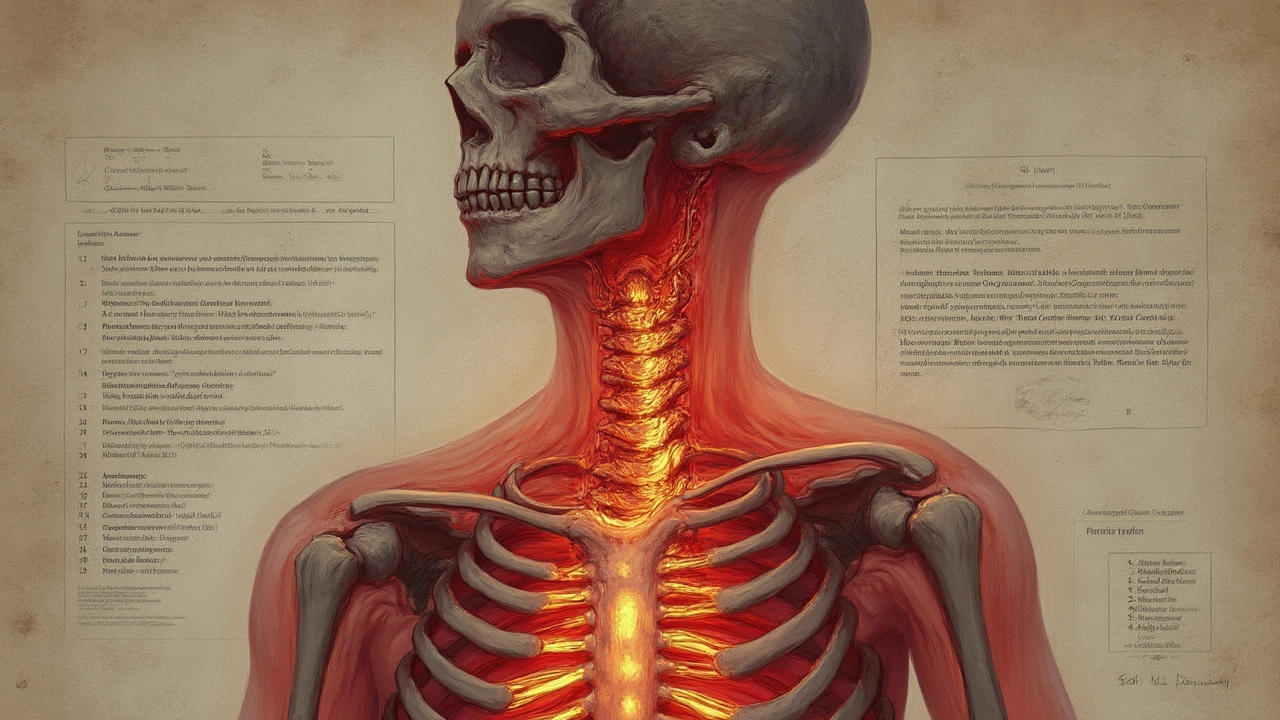Bone Injuries: Understanding Causes, Treatment & Recovery
When dealing with bone injuries, damage to the skeletal system that includes fractures, sprains, and contusions. Also known as skeletal trauma, they often require a mix of medical care and self‑management. Fracture, a break in the bone continuity caused by impact or stress is the most common form, while orthopedic swelling, inflammation around the injured area that can delay healing frequently accompanies it. Effective rehabilitation, structured recovery programs that combine exercises, therapy and pain control is essential to restore function and prevent long‑term issues.
Bone injuries encompass a wide range of conditions, from simple hairline cracks to complex joint disruptions. The healing process follows three phases: inflammation, repair, and remodeling. During the inflammation phase, orthopedic swelling peaks, delivering blood cells that start the repair work. In the repair phase, the body forms a soft callus that later hardens into bone. Finally, remodeling reshapes the bone to its original strength. Understanding these phases helps patients anticipate pain patterns and set realistic milestones.
One of the biggest challenges after a fracture is managing pain while staying active enough to promote healing. Physiotherapy plays a vital role here; skilled therapists guide patients through gentle range‑of‑motion exercises that keep joints flexible and muscles strong without overloading the fracture site. Research shows that early, supervised motion can reduce stiffness and speed up functional recovery. At the same time, appropriate medication and icing can control swelling, creating a more comfortable environment for tissue repair.
Recovery isn’t just about the bone itself. The surrounding soft tissues—muscles, ligaments, tendons—often suffer during the injury and immobilization period. That's why a comprehensive rehab plan includes strength training, balance work, and cardiovascular conditioning once the fracture is stable. These components minimize the risk of re‑injury and help patients return to daily activities, whether it’s walking after knee replacement or getting back to sports.
Technology is shaping how we treat bone injuries, too. Imaging tools like X‑ray and MRI give doctors precise maps of the damage, while newer options such as 3‑D‑printed casts and injectable bone cements improve comfort and healing speed. Meanwhile, tele‑rehab platforms let patients follow guided exercise routines from home, ensuring consistency without frequent clinic visits.
Below you’ll discover a curated set of articles that dive deeper into specific scenarios—walking after knee replacement, medication choices for orthopedic swelling, practical rehab tips, and more. Each piece builds on the fundamentals outlined here, giving you actionable insights to manage your bone injury and get back on your feet faster.

Which Bone Never Heals? Surprising Truth About Human Skeleton Injuries
Explore the mystery behind the bone that never heals, why it behaves this way, and how the body tackles bone injuries. Uncover fascinating facts and tips.
read more



